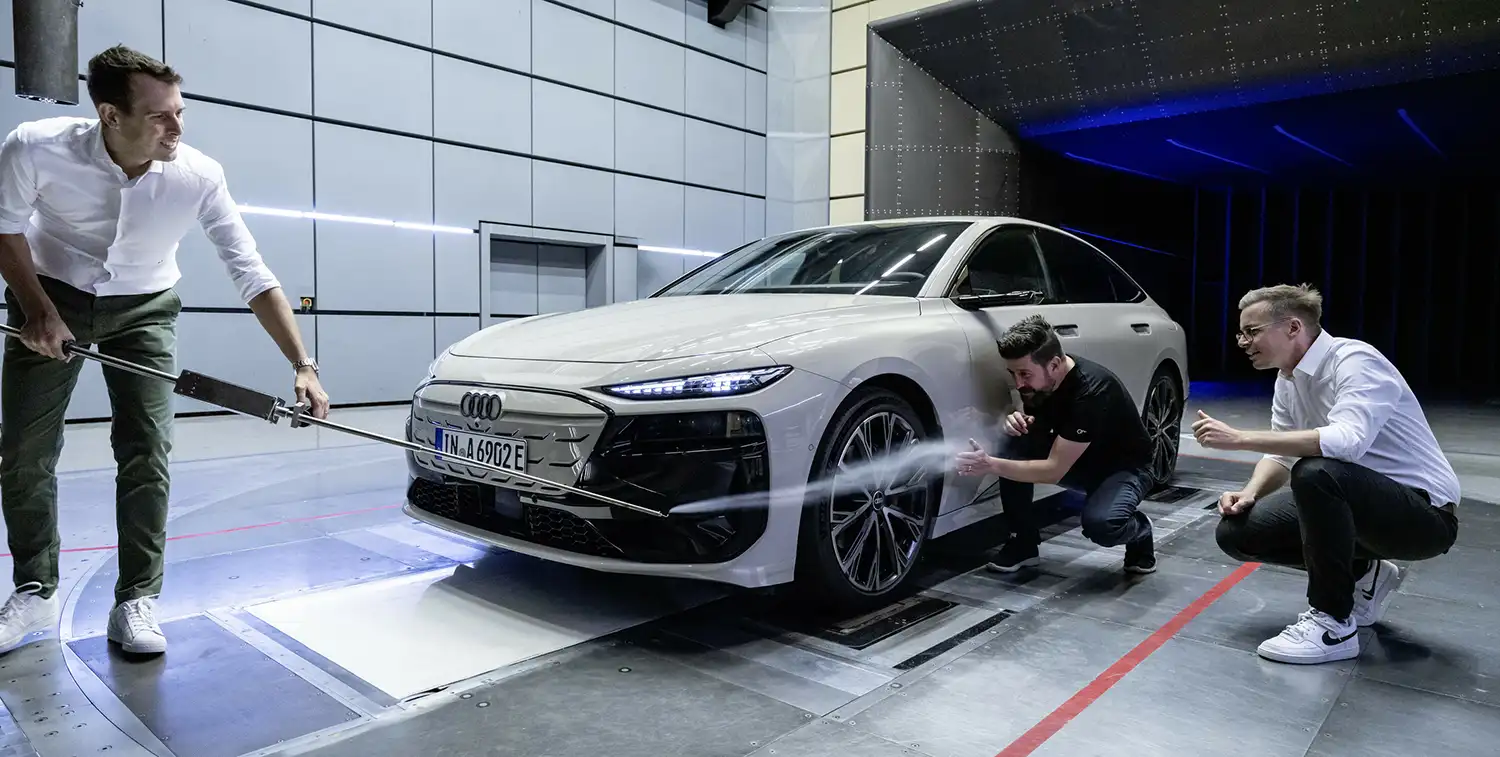
Audi has unveiled its most aerodynamic model to date, the A6 Sportback e-tron, boasting an exceptional drag coefficient (Cd) of just 0.21. This remarkable figure positions the A6 Sportback e-tron at the forefront of the VW Group’s segment, while the A6 Avant e-tron follows closely with a Cd value of 0.24, setting a new standard in aerodynamics for estate vehicles.
Audi’s Legacy of Aerodynamic Excellence
Audi has long been a pioneer in aerodynamic design. Starting in 1967 with the NSU Ro 80, which introduced a wedge-shaped body with a Cd value of 0.35, Audi has consistently pushed the envelope in vehicle design. The third-generation Audi 100, launched in 1983, achieved a Cd value of 0.30, a significant achievement for its time. Today, the A6 Sportback e-tron is the latest testament to Audi’s continued commitment to aerodynamics, combining form and function in perfect harmony.
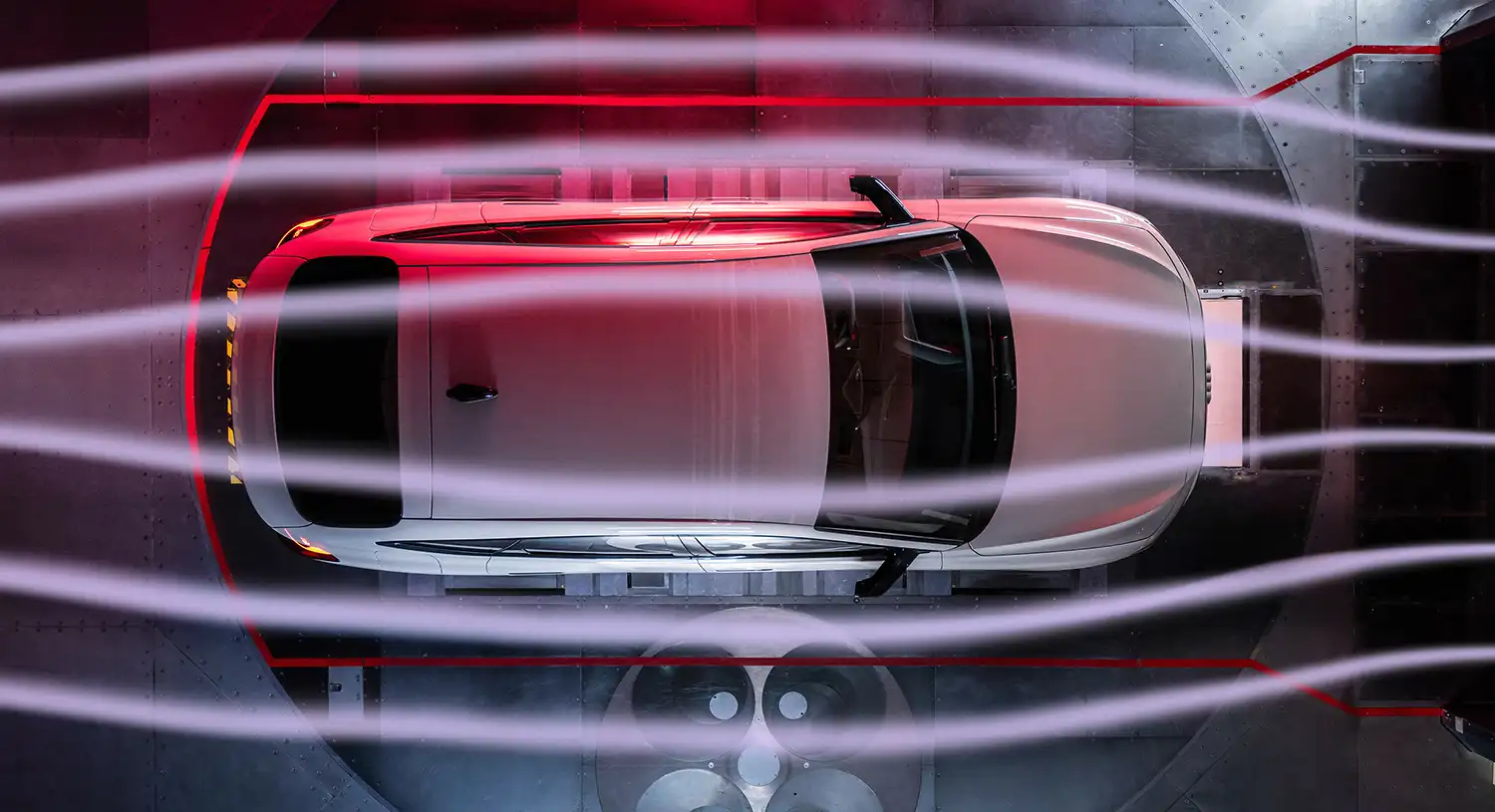
Achieving Aerodynamic Superiority
Reaching this record-breaking Cd value wasn’t easy. The A6 e-tron’s design was meticulously refined through approximately 2,800 simulations and countless hours in the wind tunnel. According to aerodynamics developer Andreas Lauterbach, the project aimed for ambitious goals right from the start. The design and aerodynamics teams worked closely, optimizing every element of the vehicle’s body to reduce drag and improve efficiency.
Key to the car’s aerodynamic performance is its slim greenhouse and sloping roofline, which contribute to the streamlined shape. Features like air curtains around the front of the car and aero bezels at the rear were carefully designed to reduce turbulence and improve airflow.
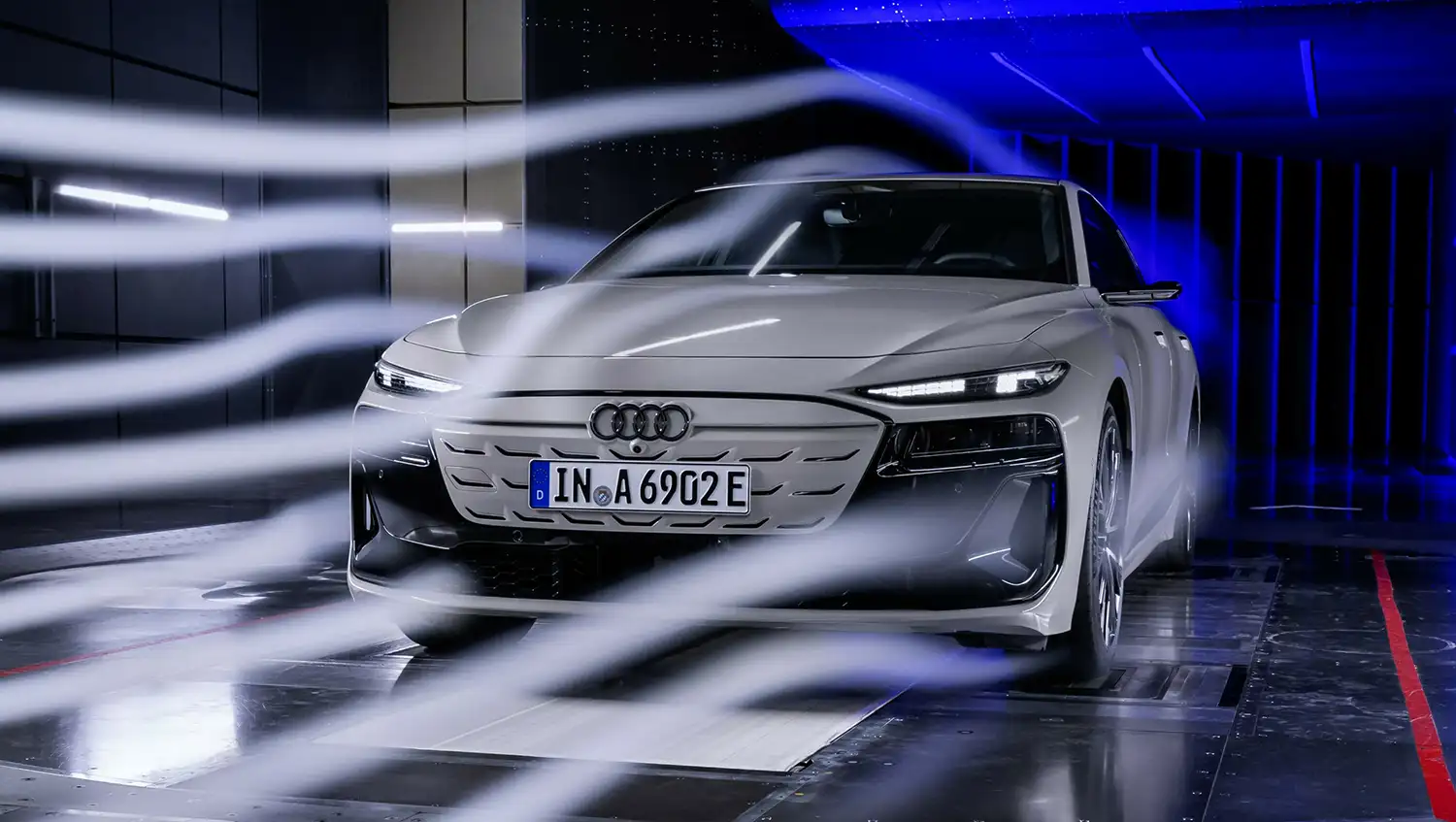
Fine-Tuned Details for Maximum Efficiency
Every detail of the A6 Sportback e-tron has been fine-tuned to improve aerodynamics. The cool-air intake under the Singleframe grille, for example, offers a Cd advantage of 0.012, extending the car’s range by about 12 kilometers. The underfloor design also plays a critical role, with optimized stiffening ribs and breakaway edges at key points to ensure smooth airflow under the car.
The rear diffuser is another crucial component, exposed to direct airflow due to the smooth underbody. By optimizing the pressure recovery in this area, Audi engineers were able to further improve the Cd value.
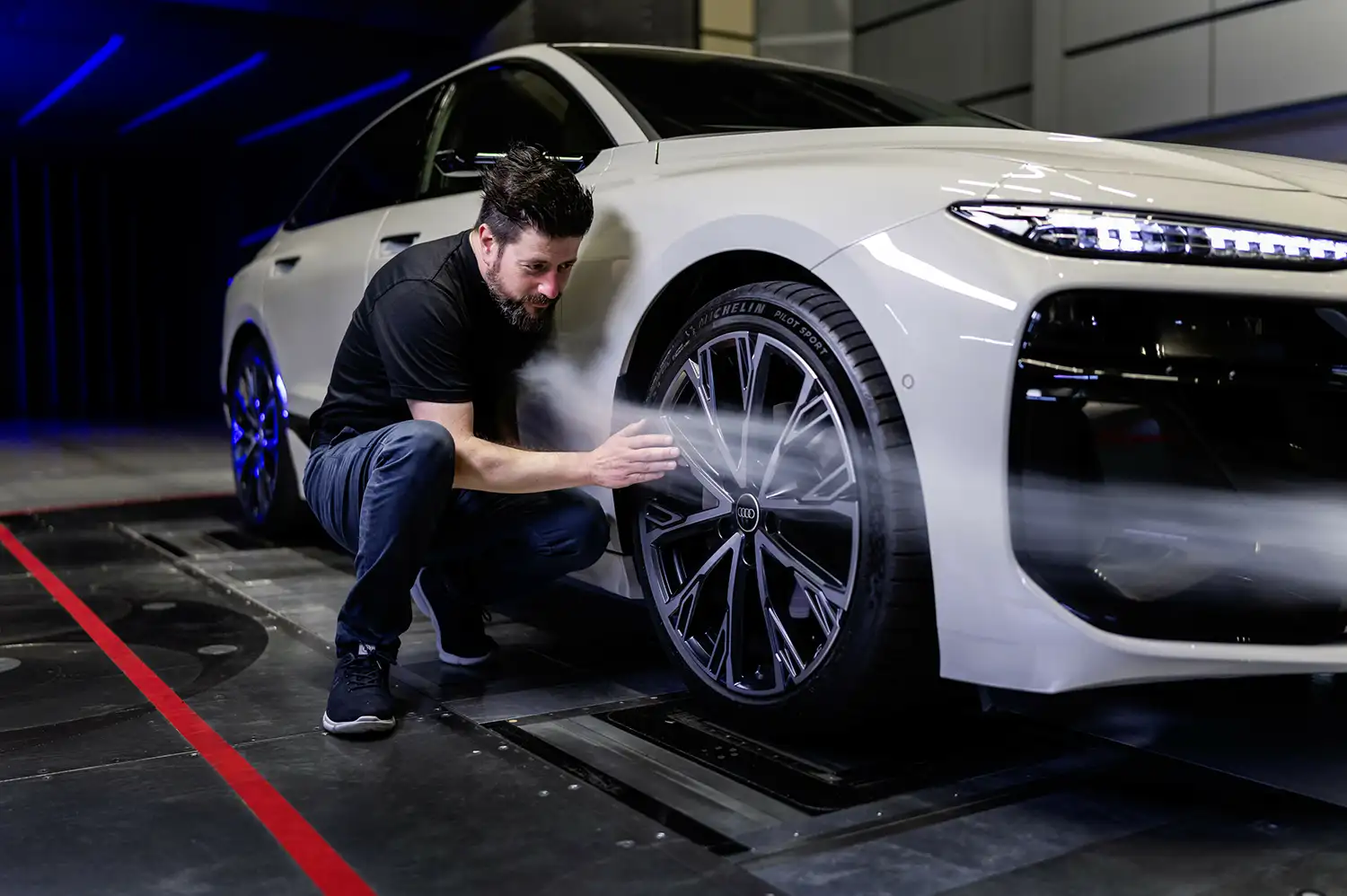
Aero Wheels for Enhanced Range
Wheel design also plays a significant role in the A6 e-tron’s aerodynamic performance. The car features special 19-inch and 20-inch aero wheels, with flat rims that guide airflow smoothly around the body. The most aerodynamically efficient wheels offer a Cd improvement of 0.015, helping to maximize the car’s range.
A Perfect Blend of Form and Function
The collaboration between Audi’s design and aerodynamics teams has resulted in a vehicle that not only looks sleek but performs efficiently. With its cutting-edge aerodynamics and meticulous attention to detail, the Audi A6 Sportback e-tron sets a new standard for electric vehicles, blending aesthetic appeal with innovative engineering.
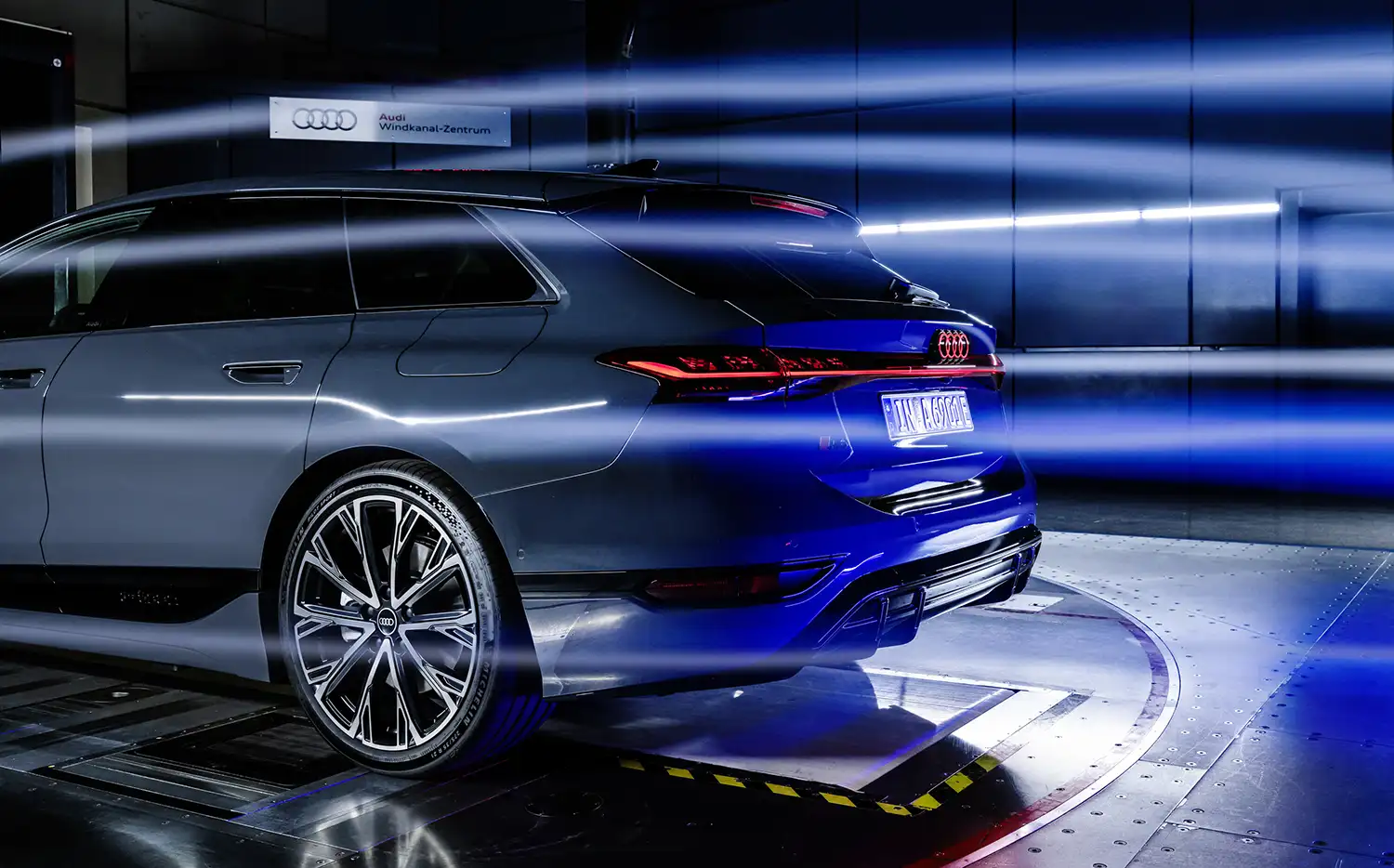
As Audi continues to push the boundaries of electric vehicle design, the A6 e-tron family serves as a shining example of what’s possible when form and function come together seamlessly.
Source: Audi
This Article use tools from Chatgpt
